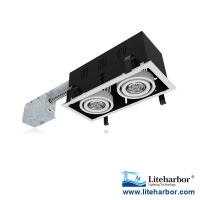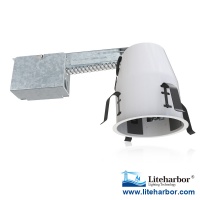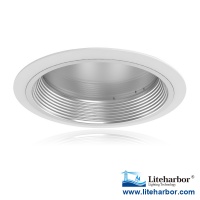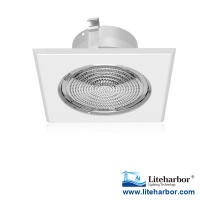How Many Lights Need for Your Home
How Many Lights Do I Need?
"Lumens…represent the actual amount of ambient light coming from a lamp. The higher the lumens, the more ‘lit up’ a room will be.” However, while a definition of lumens is nice, if you’re like us, you’re probably asking the real question, “How many lumens do I need to light up my room?” The answer will vary based on the design and color scheme of your room, but here is good rule of thumb, loosely based on the IESNA Lighting Handbook:.
Floors: 20 Lumens per Square Foot
Tables and Raised Surfaces: 30 Lumens per Square Foot
Desks and Task Lighting: 50 Lumens per Square Foot
Let’s be more specific:
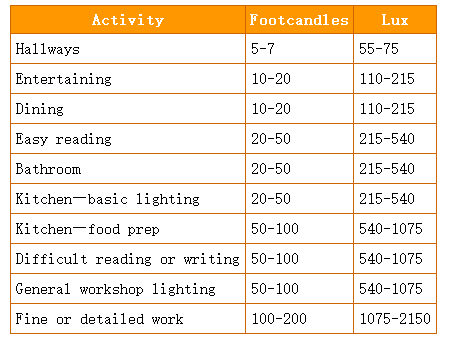
Note:
For those using feet, one footcandle is equal to 1 lumen/square foot.
For those using metres, one lux is equal to 1 lumen/square metre.
For our basic general kitchen lighting, we know from the table above that we'll need 20-50 foot-candles. For food preparation, we'll want more like 50 to 100 foot-candles.
Let's start by calculating the area of the kitchen. By multiplying the length and width of our kitchen together we get 10 feet X 12 feet = 120 square feet.
Now to calculate the required lumens for the kitchen we multiply the number of foot-candles (let's take the dimmest general lighting level of 20 foot-candles first) by the square footage. For this we'll need 20 foot-candles X 120 square feet = 2400 lumens.
For the maximum foot prep level of 100 foot-candles, the calculation would be 100 foot-candles X 120 square feet = 12,000 lumens.
For compact fluorescent lights (CFL) the illuminance tends to be about 40 to 70 lumens per Watt of power draw (incandescent lights are more like 10-17 lumens/Watt). For our example let's use 20 Watt CFLs rated at 1200 lumens.
So for our lowest light requirement of 2400 lumens, the calculation would be: 2400 lumens / 1200 lumens per bulb = 2 bulbs.
For our brightest light requirement of 12,000 lumens, the calculation would be:12,000 lumens / 1200 lumens per bulb = 10 bulbs.
That seems like a lot of lights but if you consider all the light possibilities for a kitchen: dimmable Recessed Lights, some under cabinet lights, the light on the stove top vent hood and a few track or hanging lights right above an island or prep counter, you could reach that ten bulb level.
For some however, this level of 12,000 lumens may be simply too bright. For a more personalized home lighting design, do a few quick calculations in your current home to determine the light level in a given room. Compare the light level of that room to the tasks shown in the table above. If you feel the light in that room is inadequate, bring in a few extra lamps from other rooms until the light seems right. Add up the number of lumens from all the bulbs in the room and then calculate the number of footcandles you now have in that room. Compare this number to the chart above to get a feel where in each range you prefer your lighting.
Keep in mind that any kind of shade over the light fixture, whether it is a lamp shade or a colored glass pendant over the bulb will lower the number of lumens output for that bulb.
To achieve the variation in light level required between the general kitchen lighting level and the food prep lighting level, you can group your lights on a few different switches. Under-cabinet lights are often on a separate switch as are the lights in the stove vent hood. You can also have any fixtures directly over an island or peninsula style counter on their own switch.
If you are doing your home lighting design and the above calculations seem too frustrating, Welcome you send e-mail to info@liteharbor.com for accurate designs.

 RESOURCE
RESOURCE

